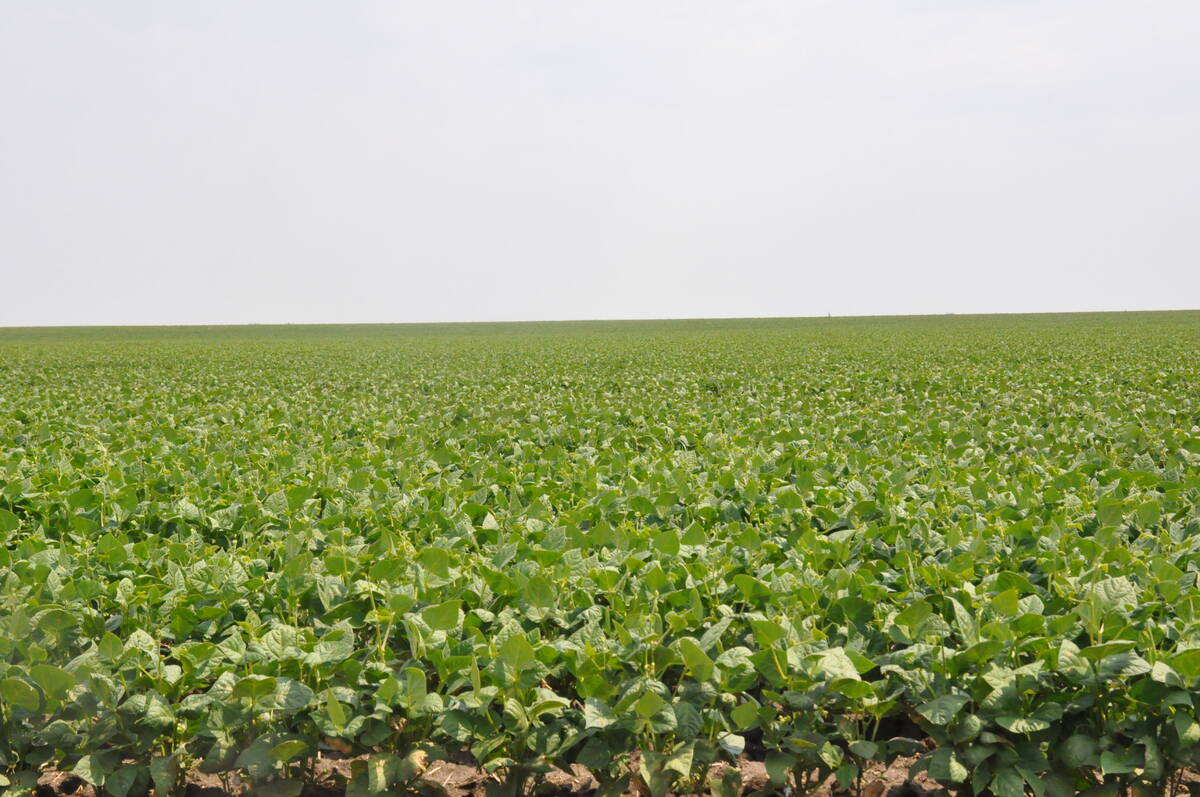International buyers are already finding alternative suppliers at prices that are lower than what is offered by Canada
The impact of sky-high Canadian pea prices on importers will soon be seen, says analyst Chuck Penner.
“We’ve taken out a whole chunk of demand by having… prices that high,” said Penner in a presentation to Saskatchewan pulse growers during the Saskatchewan Crop Organizations 2022 conference.
“There is a possibility we’ve taken out too much demand.”
Prices of $17 per bushel are supported by scant Canadian yellow pea stocks after the crop was ravaged by last summer’s drought. If pea sales keep occurring, there will be virtually no crop left in store by the end of the crop year.
Read Also

Coloured bean production down, whites are up
Bean prices have been slumping and the outlook is for more of the same.
But there are pea stocks in other parts of the world and those have already been filling in the Canadian deficit in export markets such as China, and those peas are currently priced lower than Canada’s.
“Canadian peas are actually at a premium,” said Penner.
“If we push too much demand toward those other origins, then we could end up with hanging onto more peas than we thought earlier.”
Chinese demand for feed peas from Canada has “evaporated,” leaving just the food market for now. Whether the feed demand returns remains to be seen.
Already, small amounts of Ukrainian peas have made it into the Chinese market. In the long run, China doesn’t want to rely upon Canada for so much of its pea needs.
“Just like Canada wants to have more diversified destinations, China wants to have more diversified origins,” said Penner.
At one time, not too many years ago, Canada supplied most of China’s flax imports. Now Russia dominates that market.
“Will those changes in trade patterns become permanent? I think they will,” said Penner.
Farmers are likely to contract few pea acres for 2022-23 after this year’s contract shortfall woes and price rally.
“There’s going to be a whole lot more uncontracted peas sitting around next year,” said Penner.
Current new crop bids are $11-$13 per bu. Penner’s LeftField Commodity Research estimate is that acreage will increase slightly but yield about five percent less than average. That lower yield is due to the “drag effect” of last year’s weather woes.
“We need a turnaround soon (in soil moisture) to give a more optimistic outlook,” said Penner.
Supplies will remain tight regardless, offering support for prices. That will tend to skew sales to North American buyers because food processor demand for yellow peas is unlikely to drop even at today’s high prices. Like canola crusher demand for their fundamental feed stock, food processors aren’t likely to go without an essential ingredient. That has even led to some Ukrainian peas reaching the U.S.
The shortage of Canadian feed peas has also seen more Russian peas used in Western Europe.
If the drought lifts and Canada can produce a better crop, the long-term impact of the high prices and low stocks might begin to appear. Canada is the preferred source for many importers, but not the only one.
“There are some other alternatives,” said Penner.
















